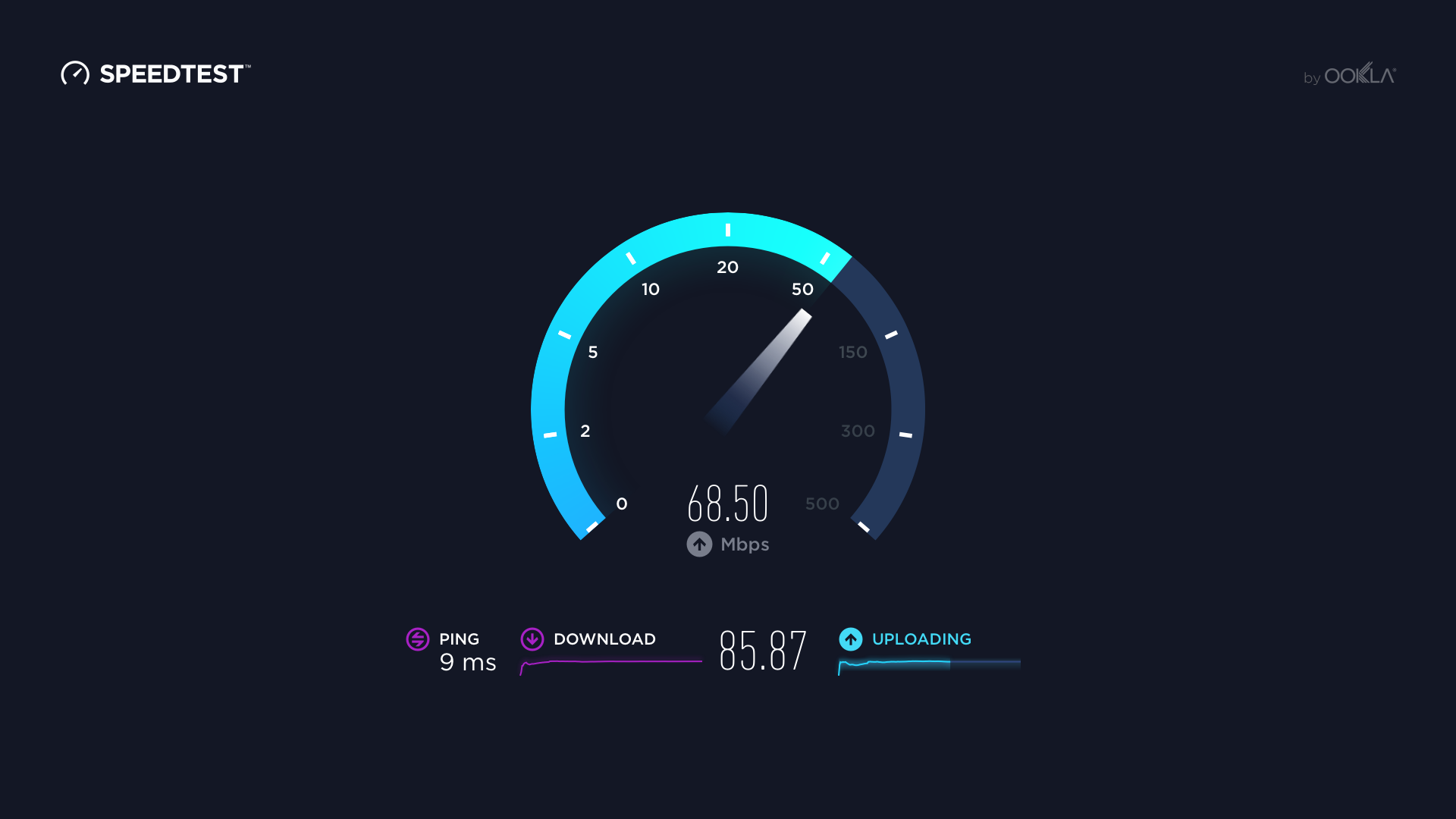


It is caused by multiple factors: congestion in the internet network, no packet prioritization, or poor performance from the hardware. Network jitter is mainly caused by a variation in latency. As ping or latency comes down, it paves the way for a better network or wifi speed. Ping denotes how easy it is for two different connections to set up a seamless connection. It is measured in Mbps as well and works in unison with download speed to help you provide a seamless internet connection. Measured in Mbps, download speed is definitely a key aspect of an online wifi speed test.Ĭontrary to download speed, upload speed is part of a broadband speed test that measures how fast your internet connection can upload data to the server. Key things to consider in Wi-Fi Internet Speed Testīefore you start thinking ‘what is my wifi speed’, here are certain key aspects of a wifi speed test that you need to look at:Īs you may have already deduced from the term, download speed helps you determine how fast your internet is able to pull out information from the server. It is understandable if the speed is slightly off the mark, but a large deviation from what is advertised on your current wifi plan should make you ask questions. In an ideal scenario, your wifi speed test should match what your broadband Regardless, the key takeaway here is that broadband speed tests are a pretty good estimate of telling you how fast your internet connection currently is. This happens because factors such as the time of the day and your current location come in between. For example, you can perform a internet speed test on the same network, multiple times a day and the results are very likely to vary each time. Do note that simply conducting a network speed test will not get you the exact or accurate details. This data has been used by numerous publications in the analysis of Internet access data rates around the world.An internet speed test is designed to find out what is the maximum speed you can get over your existing internet connection. The site also offers detailed statistics based on test results. To further improve accuracy, now performs tests via direct Transmission Control Protocol (TCP) sockets and uses a custom protocol for communication between servers and clients. Tests were previously performed using the Hypertext Transfer Protocol (HTTP) at Layer 7 of the OSI model. As of September 2018, over 21 billion speed tests have been completed. The tests are performed within the user's web browser or within apps. from the server to the user computer, and the upload data rate, i.e.

Each test measures the data rate for the download direction, i.e. The service measures the data throughput ( speed) and latency ( connection delay) of an Internet connection against one of around 11,000 geographically dispersed servers (as of August 2021). English, French, German, Italian, Russian, Spanish, Indonesian, Polish, Portuguese, Swedish, Dutch


 0 kommentar(er)
0 kommentar(er)
